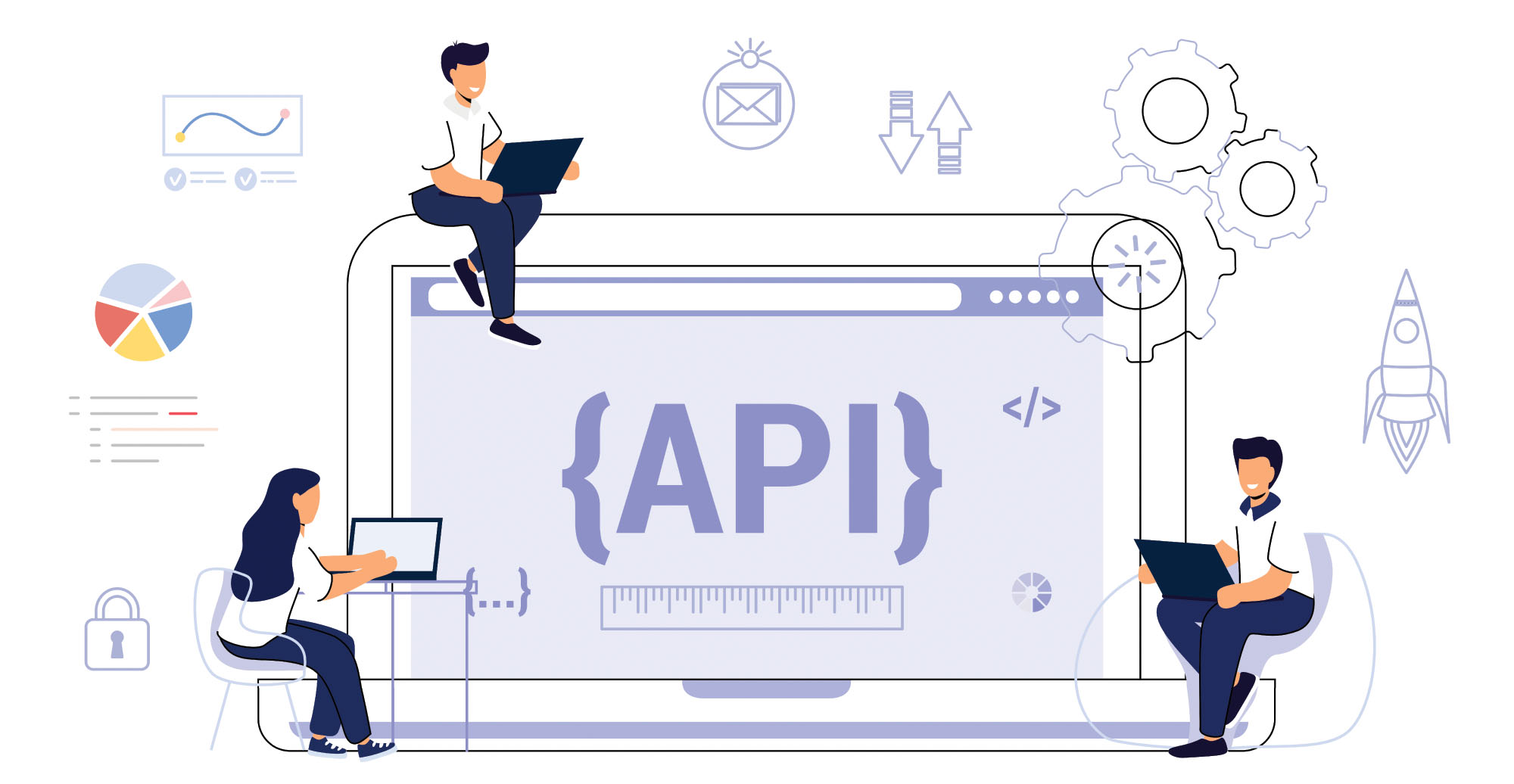
Introduction
Understanding the different types of APIs is crucial for both API providers and consumers. The choice of API type often influences the architecture of your application and how well it plays with other services. In this chapter, we’ll discuss the most commonly used types of APIs—REST, SOAP, and GraphQL—along with some others that are gaining popularity.
REST APIs
What Are REST APIs?
Representational State Transfer (REST) APIs operate over standard HTTP methods, making them easy to use and integrate. They are stateless, meaning each request from a client contains all the information needed to process it.
Pros and Cons
Pros:
- Easy to understand and implement
- Stateless nature enables better scalability
- Wide support across programming languages
Cons:
- Less strict standards may lead to inconsistent implementations
- Limited functionality for real-time applications
SOAP APIs
What Are SOAP APIs?
Simple Object Access Protocol (SOAP) APIs are protocol-based and offer a more rigid structure than REST. They use XML-based messaging and are often used in enterprise settings.
Pros and Cons
Pros:
- Strict standards ensure consistency
- Built-in security features
- Well-suited for complex transactions
Cons:
- Steeper learning curve
- Verbosity can lead to slower processing
GraphQL APIs
What Are GraphQL APIs?
GraphQL is a query language developed by Facebook that allows clients to request exactly the data they need. Unlike REST, which exposes multiple endpoints, GraphQL exposes a single endpoint for all interactions.
Pros and Cons
Pros:
- Flexibility in data retrieval
- Reduced over-fetching or under-fetching of data
- Strong type-checking helps catch errors earlier
Cons:
- Complexity can make it harder to implement
- Potential for inefficient queries
Other Types of APIs
While REST, SOAP, and GraphQL are the most popular, other API types like gRPC and Webhooks are also gaining traction for specialized use-cases.
- gRPC: Ideal for microservices and supports multiple programming languages.
- Webhooks: Useful for event-driven architecture and real-time updates.
Conclusion
Choosing the right type of API is a critical decision that affects how well your application integrates with other services. Each type has its strengths and weaknesses, and your choice should align with the specific needs and constraints of your project.








